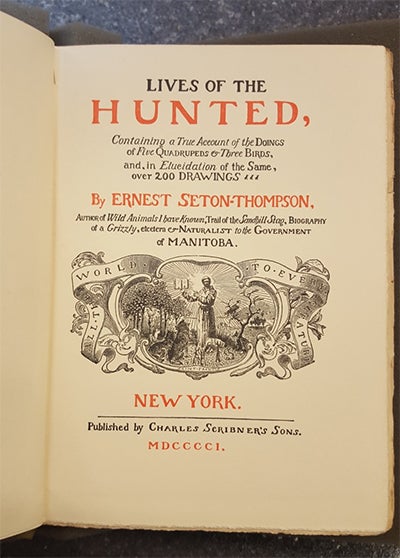Teaching is at the heart of what I do at Georgetown. At least it is what is closest to my heart: seeing student’s eyes light up when they see a rare Book of Hours, or turn the leafy pages of Ursula Le Guin’s Direction of the Road, or view the holograph manuscript of Mark Twain’s Tom Sawyer, among thousands of other possibilities.
Physical handling of original materials fuels lively discussion and cultivates critical thinking. Nothing can replace the actual object: its three-dimensionality, the smell, the shade of handwriting or print, the feel of a deckled edge or the surface of the hair side of vellum as opposed to the flesh side.
 Work with special collections materials creates the opportunity for a more student-centered classroom. The objects themselves take on a kind of life for those who interact with them, and the same object often has multiple uses and invites different perspectives. Instead of a lecture, students engage a variety of observation and research methods, digging up information and generating conversation. In the reading room, as a facilitator, I encourage interactive and lively discussions.
Work with special collections materials creates the opportunity for a more student-centered classroom. The objects themselves take on a kind of life for those who interact with them, and the same object often has multiple uses and invites different perspectives. Instead of a lecture, students engage a variety of observation and research methods, digging up information and generating conversation. In the reading room, as a facilitator, I encourage interactive and lively discussions.
Every once in a while you connect with a student in unexpected ways. One instance is Carter White, a student in Nathan Hensley’s “Tragic Ecologies” senior capstone English class. Carter decided to curate a group exhibition focused on the environment. Carter said he wanted to “highlight environmentally themed or otherwise fascinating objects — all of them uncatalogued, many of them unique to Georgetown — pertaining to the long cultural project of mediating the Anthropocene.”
As you’ll see from the posts, they did just that. As you’ll see in the images, nature played more of a role than just the titles. These students had the opportunity to interact and think more broadly about what a ‘book’ really is (or isn’t).
--Ethan Henderson, Rare Books Curator
June 13, 2016
